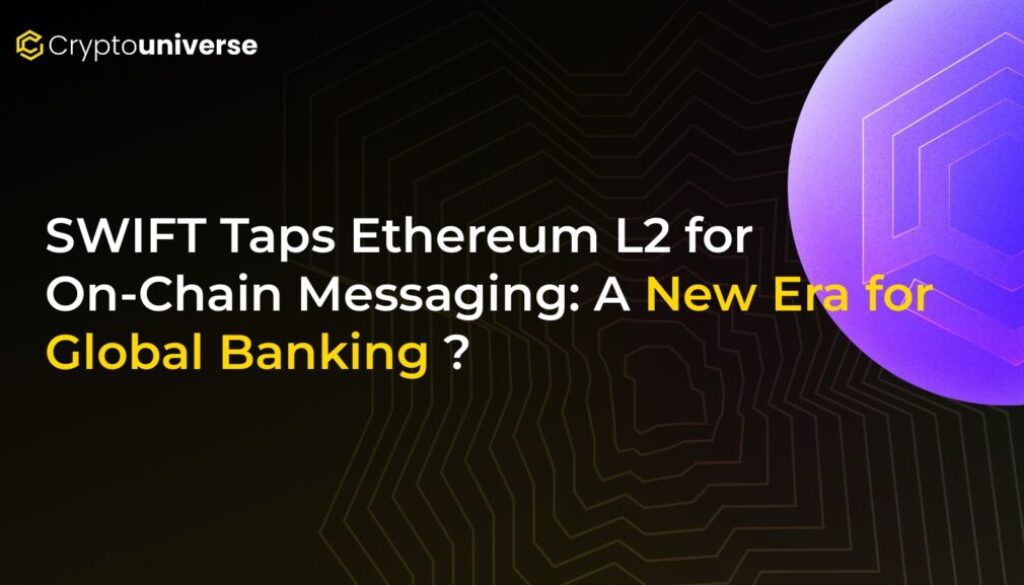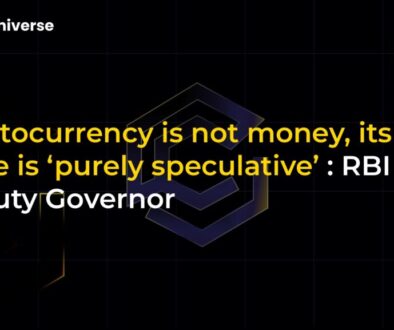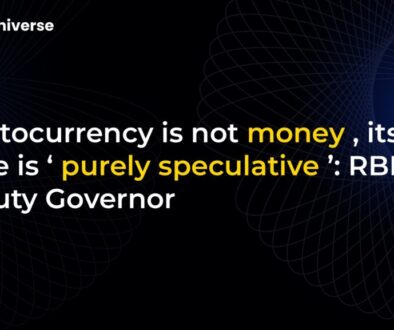SWIFT Taps Ethereum L2 for On-Chain Messaging: A New Era for Global Banking?

A Monumental Shift: SWIFT Explores Blockchain for Global Payments
In a move that could reshape the very foundations of international finance, SWIFT, the dominant global network for financial messaging, is diving deeper into blockchain technology. The organization is collaborating with over a dozen banking giants, including heavyweights like BNP Paribas and BNY Mellon, to test on-chain messaging using Linea, an Ethereum Layer-2 network developed by ConsenSys.
For decades, SWIFT has been the invisible backbone connecting more than 11,000 financial institutions worldwide. It doesn’t move money itself but transmits the critical payment instructions that make global commerce possible. However, its legacy system relies on a centralized model with multiple intermediaries, a structure that can introduce delays and complexity. This new pilot program signals a serious exploration of how blockchain can overcome these long-standing challenges.
Why Linea? Understanding the Technology Behind the Test
The choice of Linea is a significant nod to the advancements in the Ethereum ecosystem. Linea is a Layer-2 scaling solution that uses zk-rollup architecture. But what does that mean in simple terms?
- Layer-2 Network: It operates on top of the main Ethereum blockchain, inheriting its security while processing transactions much faster and at a fraction of the cost.
- ZK-Rollup: This stands for “Zero-Knowledge Rollup.” It’s a cutting-edge form of cryptography that bundles many transactions together and verifies them off-chain, posting only a small proof to the main chain. This provides both scalability and enhanced privacy—two features that are non-negotiable for financial institutions.
By leveraging Linea, SWIFT aims to determine if this technology can streamline messaging and settlement, creating a more efficient, programmable, and transparent system that still meets stringent regulatory standards. ConsenSys has positioned Linea as an enterprise-ready environment, making it a natural fit for banks looking to innovate with confidence.
Inside the Pilot: Who’s Involved and What’s the Goal?
This initiative is far from a theoretical exercise. With major players like BNP Paribas and BNY Mellon participating, the project carries immense weight. The core objective is to test the viability of using a shared ledger for interbank communication and settlement, potentially through a stablecoin-like token.
A source from one of the participating banks described the project as a potential “technological transformation for the international interbank payments industry.” While the full results will take several months to materialize, the ambition is clear: to build the rails for the next generation of finance.
“Beyond Experiments”: The Hurdles to Real-World Adoption
While the potential is enormous, the path to adoption is paved with significant challenges. As a SWIFT executive noted in a recent discussion, the industry is moving into a new phase. “We’re beyond experiments now. The question is how to scale—regardless of whether the instrument is a tokenized deposit, a CBDC, a stablecoin, or a tokenized fund.”
The primary obstacles include:
- Steep Integration Costs: Overhauling legacy systems to work with blockchain infrastructure is a complex and expensive endeavor.
- Operational Risks: Introducing new technology into mission-critical financial systems requires rigorous testing to ensure security and reliability.
- Regulatory Scrutiny: The legal and regulatory frameworks for digital assets and on-chain transactions are still evolving globally.
The Elephant in the Room: Legal Finality vs. Technical Finality
Perhaps the single greatest challenge is ensuring legal certainty. On a blockchain, a transaction is considered final once it’s confirmed by the network (technical finality). However, in the world of finance, settlement is ultimately a legal concept.
As one expert highlighted, “Settlement is a legal construct, not a technical one. We need to align a blockchain’s confirmation model with legal finality.” Without clear standards and rulebooks that ensure an on-chain transaction is recognized as final and irreversible in a court of law, scaling these systems for global use will be nearly impossible.
A Glimpse into the Future of Interbank Communication
This pilot with Linea is the latest step in SWIFT’s ongoing journey into the world of digital assets. The network has previously conducted successful interoperability experiments with partners like Chainlink and UBS to transfer tokenized assets. These consistent efforts show a clear strategy to adapt its infrastructure for the emerging digital economy.
While the full-scale replacement of existing rails is still a distant prospect, the SWIFT Tests Linea for On-Chain Messaging initiative is a powerful bridge between traditional finance and the decentralized future. The outcome of this test could very well determine whether blockchain becomes a core component of global interbank communication, heralding a new, more efficient era for the world’s financial system.


